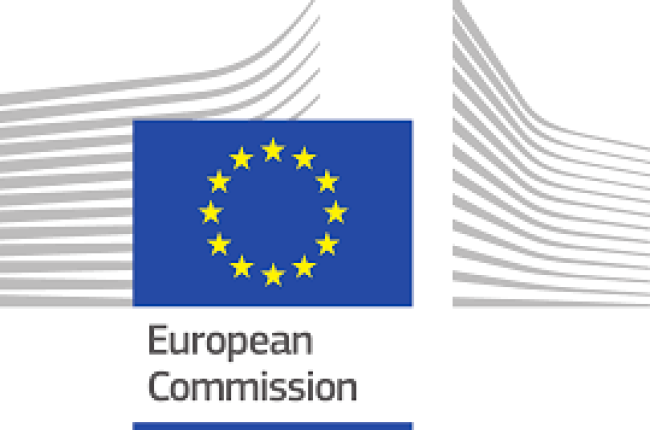In the context of better integration of biodiversity goals across different EU policies and instruments, the revised EU Forest Strategy will be the cornerstone to address holistically the many cross-cutting challenges of the forest sector, including biodiversity. Sustainable forest management (SFM, as defined in the FOREST EUROPE Process), which integrates biodiversity related aspects, is at the core of forest owners’ daily management activities in Europe. Promotion and support of SFM and the multifunctional role of EU’s forests is key to further enhance biodiversity and is consistent with worldwide SDGs, as well as CBD and IPBES calls to manage and use natural resources sustainably.
Regarding the development of forest biodiversity, CEPF would like to highlight that forest ecosystems are bound to dynamic and long-term processes in nature and require legal certainty and long-run investment for their management. EU hosts a broad variety of forest ecosystem types, each with their respective challenges including a growing intensity of climate change induced threats. Thus, CEPF welcomes EC’s reference to climate change as one of the main direct drivers of biodiversity loss. Measures supporting climate change mitigation and adaptation are simultaneously needed to achieve the biodiversity goals.
CEPF reminds that definitions of the targeted implementation instruments and measures, expected to be published in 2021, as well as their level of ambition, have to stay within realistic limits. Unattainable targets would hinder practical implementation.
CEPF welcomes the reference to the existing extensive EU legal and policy framework on biodiversity- and environment-related aspects. The Natura 2000 network is the backbone for biodiversity conservation in the EU, but practical implementation is sometimes still lacking as shown in the 2019’s EIR. Therefore, before considering any addition of protected areas or new legislation, CEPF calls for better implementation of existing nature legislation on already designated sites, based on participatory planning and implementation, appropriate financing, and flexibility on national and local levels to adapt forest ecosystems to climate change impacts.
Furthermore, CEPF supports the proposed three enablers of the EU2030 Biodiversity Strategy, namely adequate financing, improved knowledge base and stakeholder’s engagement and stresses their importance for a successful implementation. Achievement of goals should be bound to a realistic funding method, including synergies between EU funds, active involvement of owners in biodiversity conservation initiatives and related decision-making processes, and best available scientific knowledge.
Finally, CEPF regrets that the timing of the publication of the EU2030 Biodiversity Strategy does not allow to properly build on the ongoing evaluation of the EU Biodiversity Strategy to 2020.
The Roadmap describes five potential objectives and measures in which above mentioned issues should be taken into account in the preparation of the EU2030 Biodiversity Strategy and EU ambition for the post-2020 global biodiversity framework. CEPF is looking forward to further collaborate and contribute to the next step of those processes.




